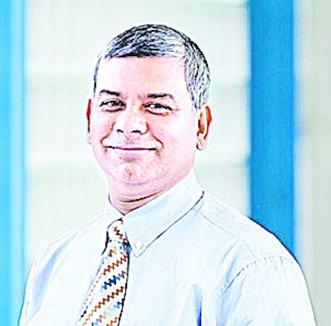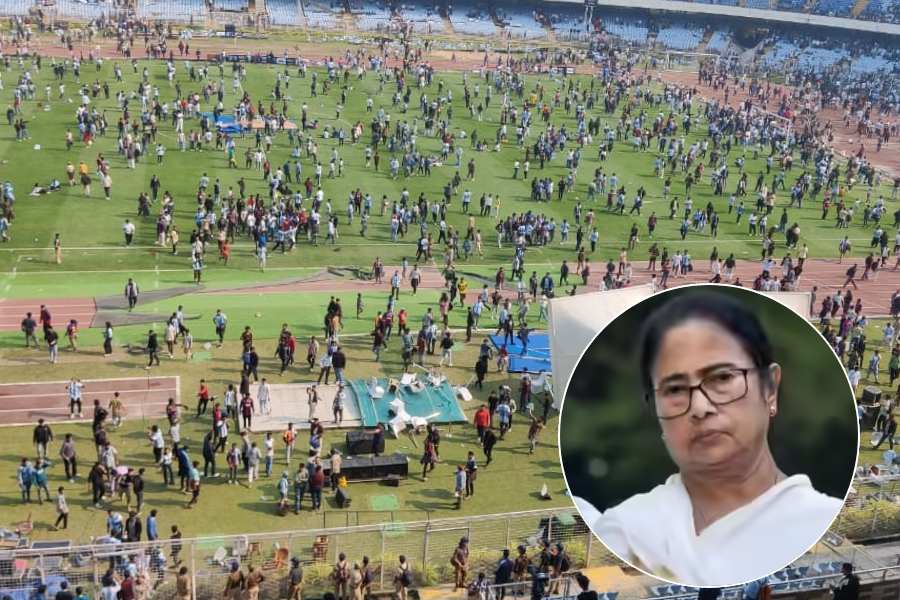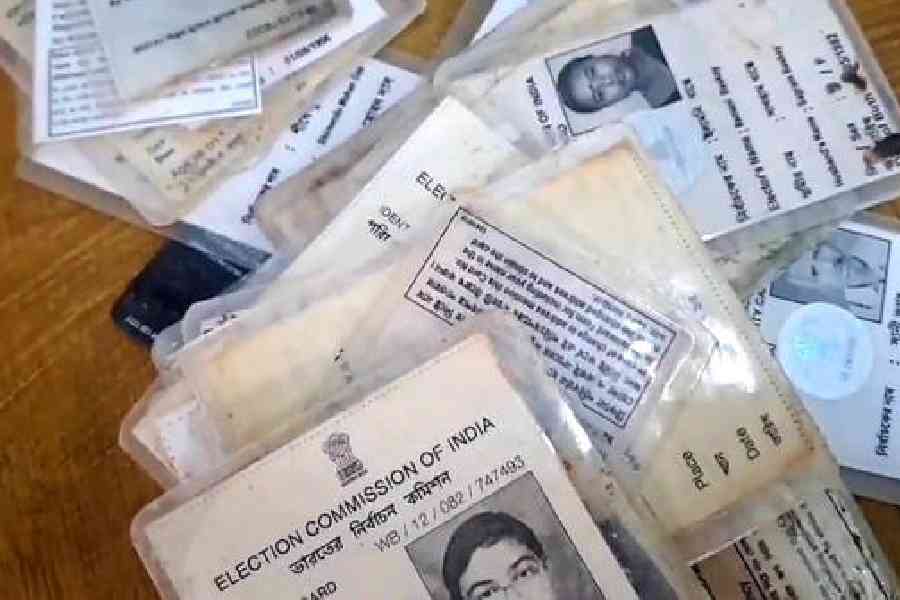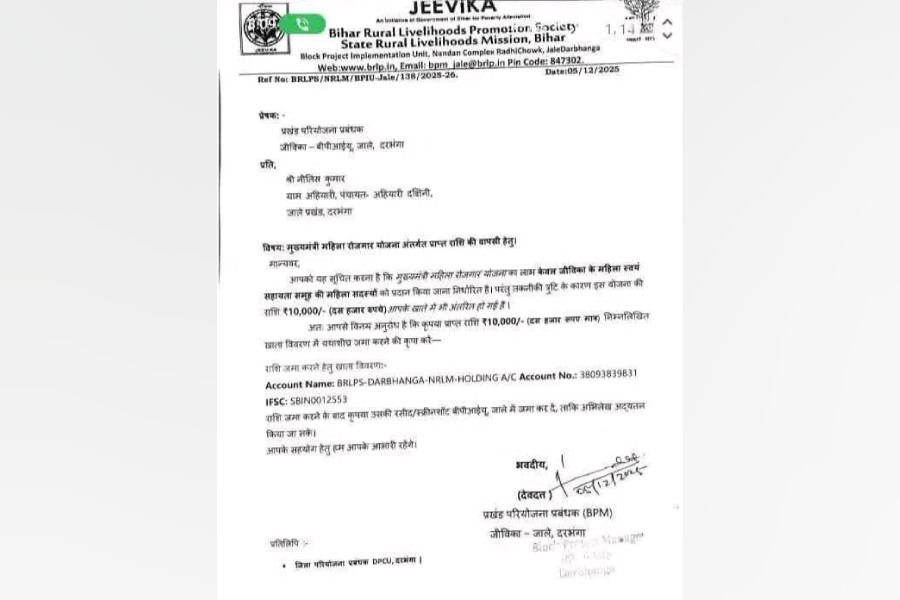New Delhi, May 10: A 13-year-old research paper that proposed a computational method to help design cars, manage financial portfolios and even select cricketers has become the first ever from India to receive 6,000-plus citations from scholars worldwide.

The paper, by engineer turned computer scientist Kalyanmoy Deb and three undergraduate students, had received 6,035 citations until this weekend --- a measure of the impact and influence of their research. All four were earlier at the Indian Institute of Technology, Kanpur.
"This should be a moment of celebration for Indian science," said Gopalakrishnan Mahesh, a bibliometrics research analyst at the National Institute of Science Communication and Information Resources, New Delhi.
Mahesh has co-authored a commentary on the paper's feat in the journal Current Science, published by the Indian Academy of Sciences.
Among more than 50 million research papers catalogued in a global scientific database called the Web of Science Core Collection, covering the period 1945 through 2015, only 541 have over 5,000 citations. "This paper from IIT Kanpur is the first written exclusively by researchers from India to join that elite club," Mahesh said.
Published in 2002 in the journal IEEE Transactions in Evolutionary Computation, the paper described a strategy to find solutions to myriad problems that involve multiple and, at times, even conflicting goals and multiple solutions of which only a few may be truly attractive.
The computational strategy the paper proposed has been picked up widely across fields for tasks ranging from engineering and drug design to financial market forecasting and portfolio optimisation for risk and return.
Medical physicists in Germany have applied the technique to plan the safest and most effective radiation dose for patients with cancer.
The Tripura-born Deb wrote the 2002 paper with mathematics undergrads Amrit Pratap and Sameer Agrawal and chemistry student T. Meyarivan. Deb is now Koenig Endowed Chair professor of electrical and computer engineering at Michigan State University, whom he joined two years ago after teaching at IIT Kanpur for 20 years.
Pratap is now with a financial analysis firm in New York while Agrawal works with Google in Seattle.
Four years ago, while still at IIT Kanpur, Deb and two students --- Faez Ahmed and Abhilash Jindal --- used the technique to form imaginary teams on their computer, relying on the batting and bowling scores of actual cricketers.
In computer simulations, they found that 10 of their teams outplayed the Chennai Super Kings, the winner of the 2010 IPL. "I guess this work hasn't caught the eye of IPL team selectors yet, but they could really benefit through such an analysis before they choose their players," Deb told The Telegraph.
He added: "People can apply the technique to deal with many, many real-world problems."
Product manufacturers have to deal with this class of so-called optimisation problems while planning what to offer their consumers.
"When we go to buy a product --- a car, let us say --- we don't always worry about buying the one that is cheapest," Deb said.
"For many consumers, there are other conflicting goals such as the comfort, looks, fuel efficiency, among other things."
The IIT Kanpur technique --- known in computational science circles as the non-dominated sorting genetic algorithm-II, or NSGA-II --- provides manufacturers with multiple design options for the products they can then pick to actually manufacture.
"The NSGA-II is easy to use and gives us quick solutions," said Anoop Arya, assistant professor of electrical engineering at the Maulana Azad National Institute of Technology, Bhopal.
Arya has shown how the technique can be applied to detect faults and restore power after a blackout in an electric distribution network.
Scientists from 85 countries have cited the 2002 IIT Kanpur paper, with China, India and the US accounting for more than 2,000 of its 6,035 citations thus far.
While the next highest-cited paper with Indian authors --- dealing with physics --- has 5,447 citations, it is what Mahesh calls a "mega-authorship paper" with 127 authors from 14 countries.
The second most highly cited paper among those exclusively by Indian authors is a 1995 paper by Gautam Desiraju, a professor of chemistry at the Indian Institute of Science, Bangalore, on crystal engineering. It has drawn over 2,900 citations.
The world’s highest cited is a 1951 paper by a US scientist that described a method to measure proteins in a liquid. It has received over 300,000 citations.
Deb studied mechanical engineering at IIT Kharagpur and worked at Engineers India for two years before doing a PhD in the US.
In America, Deb was drawn to the emerging field of genetic algorithms --- computational techniques that borrow rules from natural selection in biology. He first developed the technique in 1995, calling it NSGA, and then perfected it in the 2002 paper.
Deb, who says he moved to the US to work on new computational challenges and to help his children complete high school and college there, retains close ties with India. He will continue to visit IIT Kharagpur as an international visiting professor to deliver lectures and interact with faculty and students.
Since moving to the US, Deb has proposed yet another iterated version of the computational method, called NSGA-III, which can handle 10 to 20 design objectives. NSGA and NSGA-II were limited to three objectives.
Only 14,499 research papers among the 50 million listed in the Web of Science Core Collection database have more than 1,000 citations, a report in the journal Nature had said last October.
A study by Mahesh and his colleagues in 2012 had counted 36 research papers from India that had more than 1,000 citations. That number has since crossed 50.










